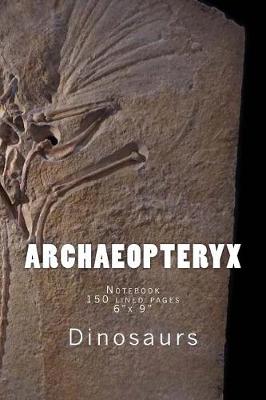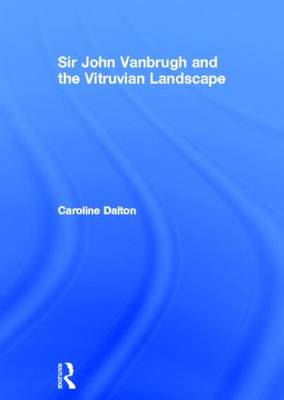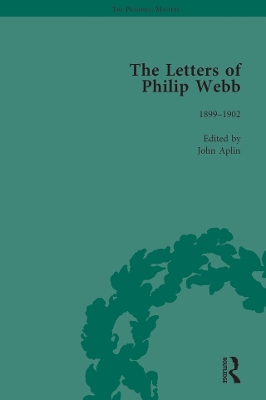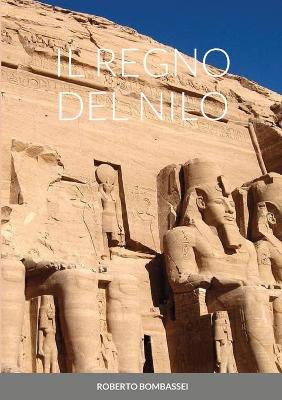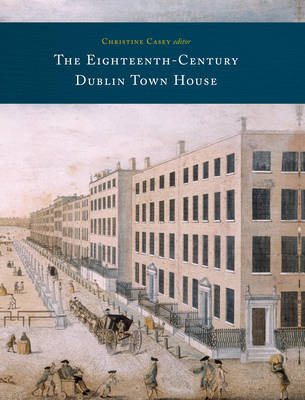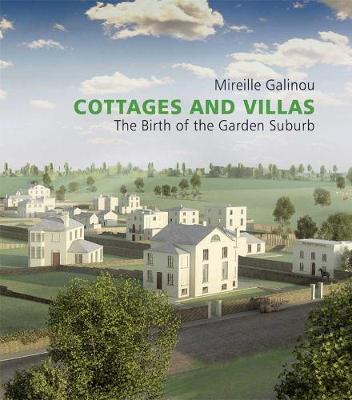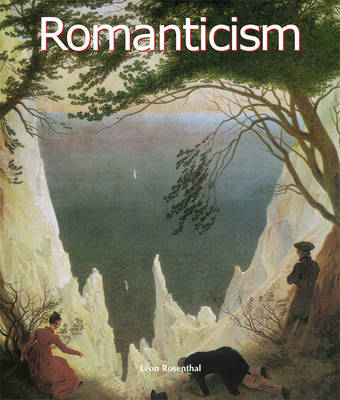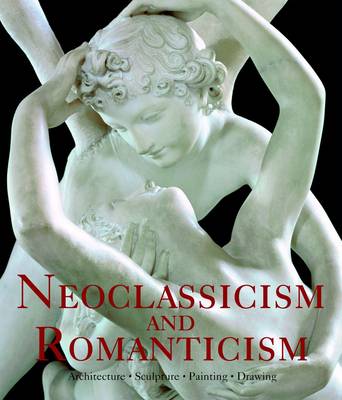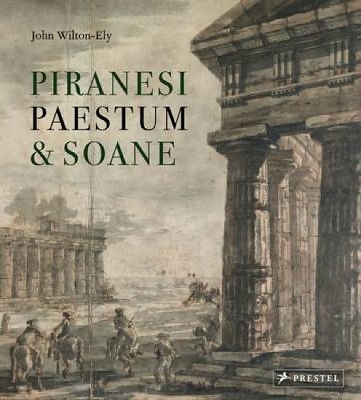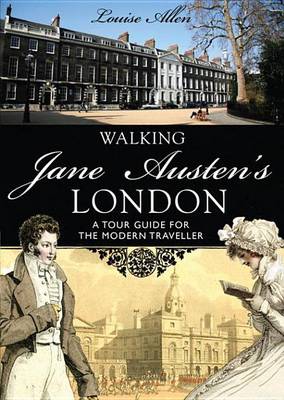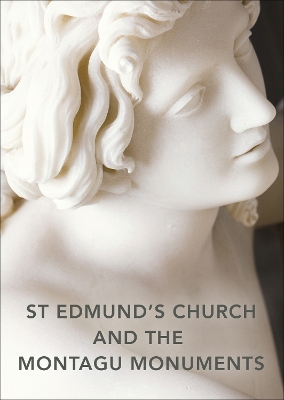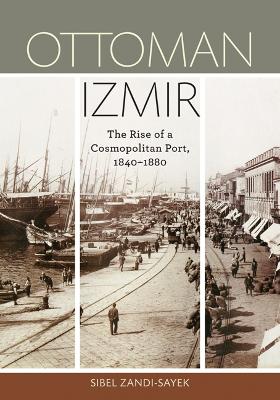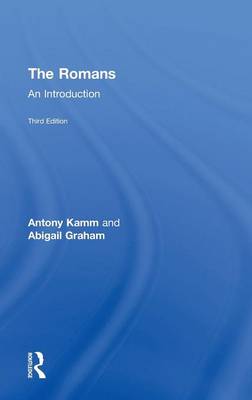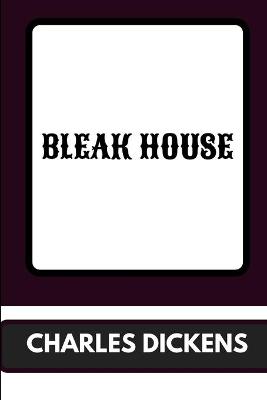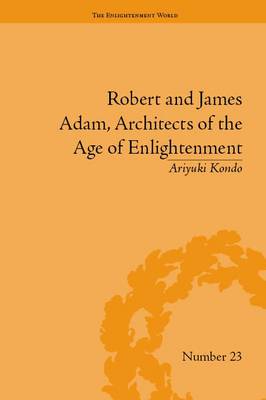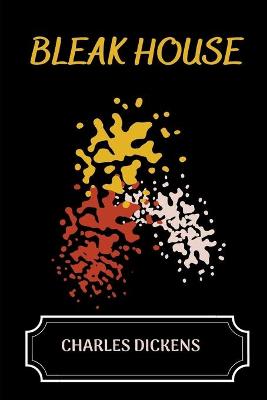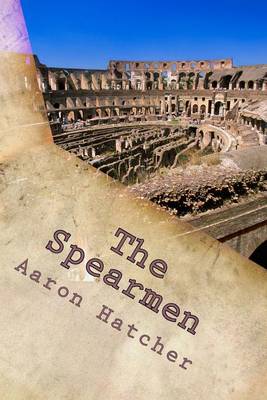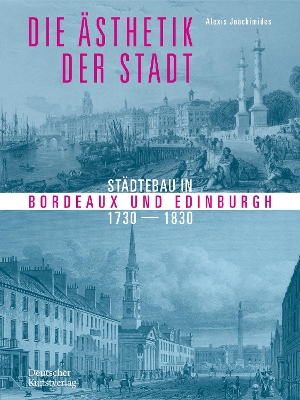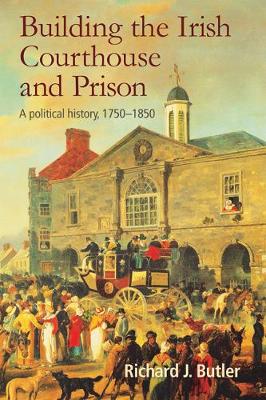What happens when contemporary cultural theory is applied to historical images? Dana Arnold explores the creative possibilities of revisiting representations of architecture armed with contemporary theoretical models. The book centers on a topic too often taken for granted: architectural images of classical architecture as legible texts separate from the built remains. Arnold aims to demonstrate that architectural representations from the eighteenth century are, like words, potent representation...
Sir John Vanbrugh (1664-1726) was one of the most important figures in English garden history although he is rarely recognised as such. An eclectic early career as a merchant, a soldier and a dramatist preceded Vanbrugh's acceptance of the role of architect to the Third Earl of Carlisle in 1699. His impact on architecture was paralleled by a revolution in landscape design as Vanbrugh shifted the place of the architect from the house to the grounds. He used the ancient rules of proportion combine...
The Letters of Philip Webb, Volume II (The Pickering Masters)
by John Aplin
Philip Webb was a British architect known as a founder of the Arts and Crafts movement and also a key member of the Pre-Raphaelite circle. He had a long association with William Morris and was responsible for the design of the hugely influential Red House, Morris's first home. Webb's letters will be of interest to art and architecture historians.
The Letters of Philip Webb, Volume III (The Pickering Masters)
by John Aplin
Philip Webb was a British architect known as a founder of the Arts and Crafts movement and also a key member of the Pre-Raphaelite circle. He had a long association with William Morris and was responsible for the design of the hugely influential Red House, Morris's first home. Webb's letters will be of interest to art and architecture historians.
The garden suburb has its origins in London, and, contrary to widespread belief, its earliest phase took place not at the beginning of the 20th century, with the much discussed garden-city movement, but one century earlier, with the creation of the Eyre brothers' villa estate in the London suburb of St. John's Wood. Drawing on the resources of the newly catalogued Eyre archive, Mireille Galinou describes how London acquired one of its most attractive and influential suburbs and how generations o...
Paris, City of Dreams traces the transformation of the City of Light during Napoleon III's Second Empire into the beloved city of today. Together, Napoleon III and his right-hand man, Georges Haussmann, completely rebuilt Paris in less than two decades-a breathtaking achievement made possible not only by the emperor's vision and Haussmann's determination, but by the regime's unrelenting authoritarianism, augmented by the booming economy that Napoleon fostered. Yet a number of Parisians refused...
Neoclassicism & Romanticism : Architecture, Sculpture, Painting, Drawing
by Achim Bednorz
Neoclassicism, as a return to the forms and ideals of ancient art, and Romanticism, as an intellectual attitude, are no longer seen as mutually exclusive alternatives. Looking specifically to Europe, the United States and Russia, the authors of The Essence of Culture: Neoclassicism and Romanticism have selected the notion of subjectivism as the common denominator that links the visual arts and architecture between the periods of rococo and realism. A conscious decision was made to extend the tim...
An eighteenth century printmaker and architect, Giovanni Battista Piranesi was a lifelong champion of Rome, publishing more than a thousand etchings of The Eternal City and its ancient monuments. Piranesi's English contemporary, Sir John Soane, was also an architect specializing in the Neo-Classical style. When these two artists met, they formed a profound and complex artistic and intellectual relationship that nurtured Soane's later career. One of Soane's greatest legacies is the museum that be...
From prize-winning historical novelist Louise Allen, this book presents eight walks through both the London Jane Austen knew and the London of her novels! Follow in Jane's footsteps to her publisher's doorstep and the Prince Regent's vanished palace, see where she stayed when she was correcting proofs of Sense and Sensibility and accompany her on a shopping expedition - and afterwards to the theatre. In modern London the walker can still visit the church where Lydia Bennett married Wickham, stro...
St Edmund's Church in the beautiful village of Warkton, Northamptonshire is an unassuming place - but it holds some of the most exquisite sculptures in all of Britain. Commissioned by the local Montagu family, these four Baroque marble statues commemorate the lives of four of their members. Two of the statues were created by Louis Francois Roubiliac, one of the greatest sculptors of Georgian England. Adorned with related poems by schoolchildren and other locals, this illustrated guide explains t...
Living Room Notebook Large Size 8.5 X 11 Ruled 150 Pages Softcover
by Wild Pages Press
Between 1840 and 1880, the Eastern Mediterranean port of Izmir (Smyrna) underwent unprecedented change. A modern harbor that welcomed international steamships and new railway lines that transported a cornucopia of products transformed the physical city. Migrants, seasonal workers, and transient sailors thronged into an already diverse metropolis, helping to double the population to 200,000. Simultaneously, Ottoman officials and enterprising citizens vied to control and reform the city's a...
The Romans (Peoples of the Ancient World)
by Abigail Graham and Antony Kamm
The Romans: An Introduction, 3rd edition engages students in the study of ancient Rome by exploring specific historical events and examining the evidence. This focus enables students not only to learn history and culture but also to understand how we recreate this picture of Roman life. The thematic threads of individuals and events (political, social, legal, military conflicts) are considered and reconsidered in each chapter, providing continuity and illustrating how political, social, and lega...
Robert and James Adam, Architects of the Age of Enlightenment (The Enlightenment World, #23)
by Ariyuki Kondo
During the second half of the eighteenth century British architecture moved away from the dominant school of classicism in favour of a more creative freedom of expression. At the forefront of this change were architect brothers Robert and James Adam. Without rejecting established architectural tradition, the Adam brothers were modernists, free from dogmatic adherence to a particular style. Architecture has tended to be left out of the historiography of the Enlightenment. While previous studies...
The new towns of Bordeaux and Edinburgh were the two largest urban expansions in terms of area within Europe at the time of their development. Developing almost simultaneously between 1770 and 1830 as metropolitan residential districts, they spanned the transition from Early Modern urban planning to the urban development of bourgeois society. They can serve as examples of the shift from the classic ideal city to the 19th-century city of tenement blocks. In spite of this relevance, the two locati...
This book is the first national history of the building of some of Ireland's most important historic public buildings. Focusing on the former assize courthouses and county gaols, it tells a political history of how they were built, who paid for them, and the effects they had on urban development in Ireland. Using extensive archival sources, it delves in unprecedented detail into the politics and personalities of county grand jurors, Protestant landed society, government prison inspectors, charit...
